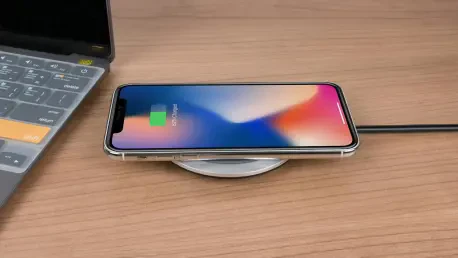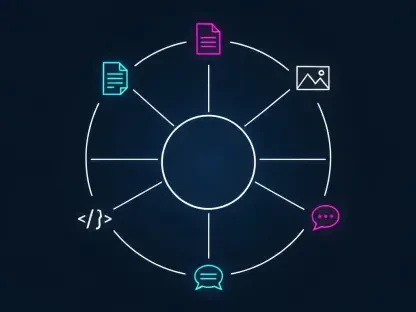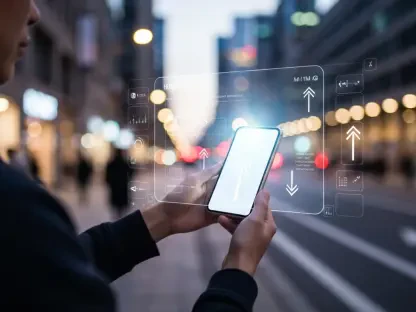Imagine a world where constant anxiety over your smartphone’s battery levels is a thing of the past. For many iPhone users, dealing with dwindling battery life is a pressing issue, one that underscores the broader challenges facing smartphone users: balancing high performance with battery longevity. A recent survey revealed that nearly 75% of smartphone users have battery-related stress, highlighting the gap between user needs and technology capabilities. This disparity raises a lasting question: How can modern devices meet the demand without compromise?
The Balance Between Battery and Design
In today’s fast-paced world, reliable battery life is paramount for ensuring smooth day-to-day operations. Daily tasks, from mobile banking to virtual meetings, rely heavily on a smartphone’s capacity to keep pace with user demands. As manufacturers race to produce ever-thinner and lighter devices, like the upcoming iPhone 17 Air, battery capacity often nudges against design limitations. An elegant balance between slim aesthetics and robust power is a recurring challenge in tech design.
Behind Apple’s iOS 19 Transformation
Apple’s latest innovation, embedded within iOS 19, heralds a new era of energy efficiency through its AI-driven Battery Intelligence. This powerful tool meticulously assesses user interaction patterns and adapts the device’s energy consumption in real-time, maximizing battery longevity. Among its standout features is its ability to predict periods of high usage, proactively adjusting settings to preserve power. Notably, Battery Intelligence also compensates for the hardware constraints of models like the iPhone 17 Air, which emphasize sleek design over extensive battery capacity.
Expert Opinions on AI Innovation
Industry veteran Mark Gurman provides insight into Apple’s strategic push toward integrating AI into user-centric functionalities. Gurman emphasizes that this advancement is part of a broader trend within tech industries to leverage machine learning for improved user interfaces and longevity. Several studies echo this sentiment, predicting that by 2027, AI will play a pivotal role in the standard operating procedures of consumer electronics. This shift not only meets current demands but also sets a foundation for sustainable technological growth.
Maximizing Smart Tool Benefits
Enabling users to harness the full potential of Battery Intelligence is key to reaping its rewards. For the optimal experience, users are encouraged to keep their devices updated to the latest operating system and familiarize themselves with power-saving settings. Additionally, regular monitoring of app usage helps manage unexpected battery drain, ensuring that AI adjustments remain finely tuned. Across all iOS 19-compatible models, these practices help sustain battery health and longevity.
As Apple progresses in its endeavor to simplify and enrich user experiences through cutting-edge AI solutions, it also sets a precedent for future technological advancements. The introduction of Battery Intelligence acts as a turning point for iPhone users, moving them beyond hardware limitations and into a more sustainable future. Looking ahead, the role of AI in optimizing energy use offers insights into the evolving relationship between users and their devices. Embracing these advancements marks an important step in enhancing everyday interactions while pursuing longer-lasting innovation.









